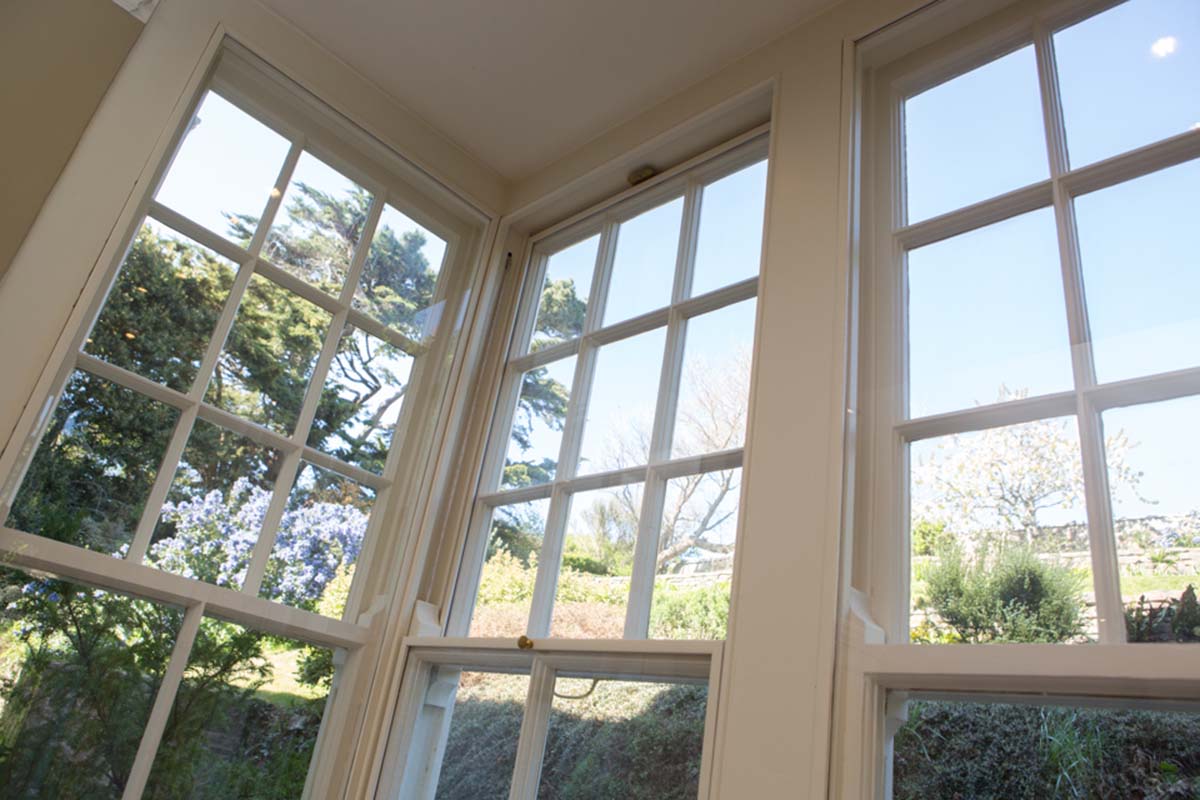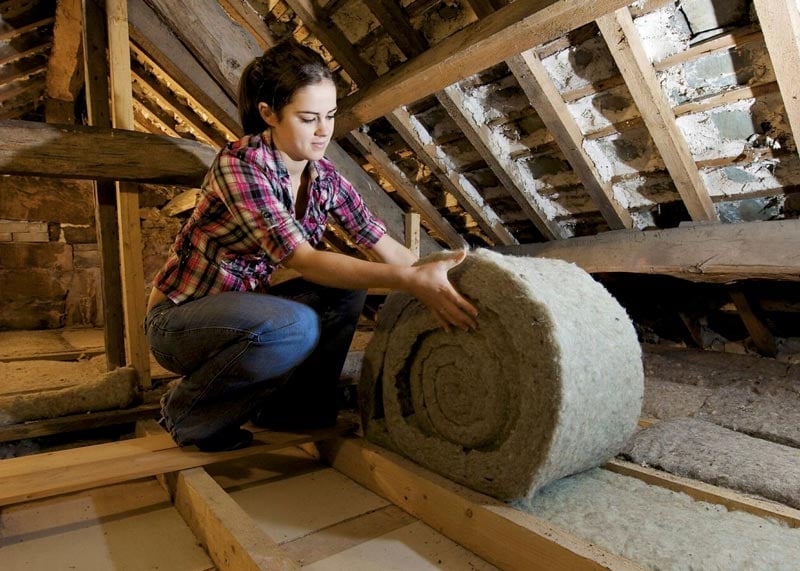One of the most effective ways to improve the energy efficiency of a period property is through loft insulation. In this guide, we’ll explore the benefits of loft insulation for period properties.
Loft insulation is crucial for maintaining a comfortable indoor temperature and reducing energy bills. In period properties, this is even more significant due to the often poor insulation standards of older buildings. Installing loft insulation can make a dramatic difference in both comfort and cost savings.

Benefits of loft insulation
- Energy efficiency and cost savings A substantial amount of heat is lost through the roof in uninsulated homes. According to the Energy Saving Trust, a quarter of the heat in an uninsulated home escapes through the roof. Proper loft insulation can reduce this heat loss by up to 10%, resulting in significant energy savings. Did you know that loft insulation can save up to £315 per year on heating bills in a typical semi-detached house?
- Environmental impact Reducing energy consumption not only lowers utility bills but also minimises your carbon footprint. By insulating your loft, you can significantly cut the amount of CO2 your home produces. Effective loft insulation can reduce carbon dioxide emissions by around 1 tonne per year.
- Enhanced Comfort Loft insulation helps maintain a more consistent indoor temperature, keeping your home warmer in the winter and cooler in the summer. This is especially important in period properties, which can be draughty and difficult to heat.
- Increased Property Value Energy efficiency is a key consideration for many homebuyers. A well-insulated home is more attractive on the market, potentially increasing the property’s value. Period properties with modern energy efficiency measures can command a higher price compared to those without such improvements.
How loft insulation works
Loft insulation works by creating a thermal barrier that reduces the transfer of heat between the inside of a building and the outside environment. It’s usually installed in the loft or attic space, directly beneath the roof. The primary goal of loft insulation is to improve energy efficiency by minimising heat loss in the winter and heat gain in the summer.
Reducing damp in loft spaces
Damp is caused when insufficient insulation leads to temperature differences between the indoor air and the loft space. When warm, moist air from inside the house comes into contact with the cold surfaces in the loft (such as the roof or walls), it may lead to condensation. This can contribute to dampness and create an environment conducive to mould growth.
Good quality loft insulation and adequate ventilation is crucial for maintaining a balanced moisture level in the loft space. Without proper ventilation, dampness may become a problem.
Choosing the right loft insulation for your period property
There are several different types of loft insulation available, including fibreglass insulation, mineral wool insulation, cellulose insulation and reflective foil insulation. One of the most eco-friendly types of loft insulation is made from natural sheep’s wool.
This natural and eco-friendly material has many beneficial properties including a 60-year life compared to 15 years for glass wool, and an increase in insulation properties in damp conditions.
Products such as Mitchell & Dickinson’s eco-friendly sheep’s wool loft insulation are treated with natural borax to prevent damage from pests, are not irritating to skin or respiratory systems, support British sheep farmers – improving economic resilience – and use little energy in manufacture. Sheep’s wool insulation is also biodegradable, reducing its environmental impact at the end of its lifecycle.
Can I insulate the sloping ceilings in my loft?
Yes, and we recommend that you do because sloping ceilings have very high heat loss per square metre. This is because they usually consist of a sheet of plasterboard, a 100mm ventilated gap between the rafters, then battens, felt and tiles. If you compare this to an 18-inch wall or 12 inches of loft insulation, it becomes clear how little insulating effect they have, making them responsible for the coldness you’ll often find in these rooms.
Mitchell & Dickinson’s sloping ceiling insulation consists of thermal laminate boarding, a high-efficiency insulation board with plasterboard attached which is applied to the underneath of the sloping ceilings by screwing through to the rafters. Gaps around the edges are then filled and the whole area re-plastered.










